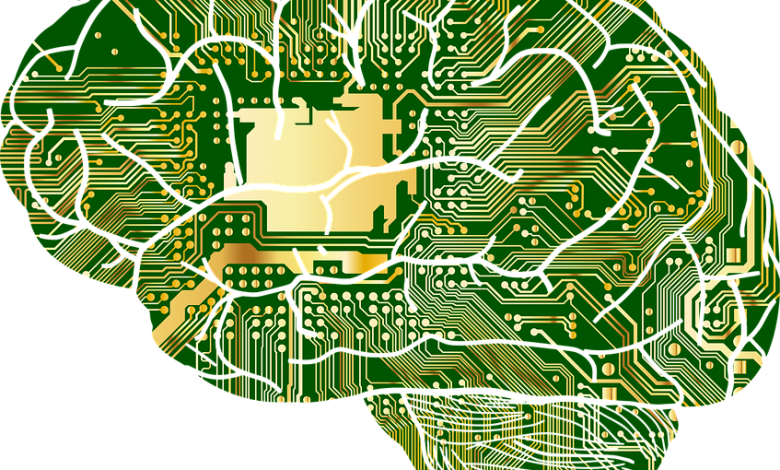Artificial Intelligence for the Future of Education


By Dr Lim Chee Leong (opinion piece)
ChatGPT took the world by storm last December when OpenAI, an Artificial Intelligence (AI) company opened its research preview ‘beta’ version to the public to test and use for free.
This prompted mixed reactions from academics around the world to the emergence of AI chatbots, ranging from those who fully embrace it to those who reject it on the basis of challenging academic integrity.
The market has already been saturated with other all-purpose generative AI tools even before the rise of ChatGPT. Among them are YouChat and Jasper Chat which allow users to stay connected, Chatsonic provides idea generation and optimises SEO while Adaptive Learning Experience (aleX) is for the higher education experience. Noodle Factory automates AI tutoring, marking, and exam preparation, ProfessorBob.ai assists in teaching, asking, and answering questions. Gradescope helps users seamlessly administer and grade assessments, whether online or in-class, and GETMARKED automates the creation of online e-assignment by converting Word document or PDF into Quiz format in the Learning Management System.
Subscribing to an AI tool is easy enough, but when using them, educators will need to reconsider redesigning their pedagogies for effective student learning.
5 Ways to Reconceptualise Teaching and Learning with AI
- Adopt an AI policy into the curriculum, encouraging AI as an “emerging skill”
Lecturers and students need to accept that AI tools are going to be prominent instruments in the education sphere in terms of accessing knowledge now and in the future. Instead of resisting, it is better to adopt them early as a support tool for self-directed learning. Educators can do this in stages to help students use them for self-study and assignments.
- AI bots as virtual teaching assistants
Lecturers are to determine what needs to be learned and guide their students to utilise AI tools as their ‘support teachers’. Students can be guided on how to prompt the bot using smaller sub-questions to derive answers, allowing them to understand a complex topic. This way, they are taught to engage critically with AI rather than using it simply to generate answers for the sole purpose of submitting assignments.
- AI tools to generate customised lesson plans and assignments tailored to each student’s needs and abilities
For a long-time, lecturers have struggled to design separate learning objectives for students of different aptitudes within a class, especially if a lesson is targeted to a larger cohort. AI bots can be instructed to generate customised lesson plans that will help lecturers save time in planning and deploying their lessons to students who learn differently from others.
- Personalised feedback to students using AI tools
Traditionally, lecturers have spent hours grading student work, while with the use of AI tools today, automated but custom feedback on student work can be generated. This cuts down marking time significantly by identifying assignments that have fixed answers such as mathematical problems and text-based assignments such as essays.
When grading, such AI tools are smart enough to provide non-generic feedback tailored to each unique submission. If the lecturer is unsatisfied with the generated feedback, the bot can always be prompted with the lecturer’s comments to regenerate another round of feedback.
- Raise awareness on the effects of indiscriminate use of AI-powered tools on education and its qualification
Being such a powerful platform, students must learn not to see AI tools as the one-stop solution to all learning problems. They must be made aware that future jobs require finely honed skills and human-only competencies that may not be obtained by simply instructing AI bots to solve.
Some job interviews have hurdles such as skill tests to demonstrate competence. Those will prove to be the ultimate tests on whether a graduate should be employed rather than through education certificates alone.
Although the arrival of AI signals the need for urgent and innovative change in the education industry, educators and students should view AI as an ally rather than an enemy. There is no better time than now for educators to shift from being the sage-on-the-stage to the guide-by-the-side. Students will soon be exposed to more influential AI tools that can generate immense knowledge and content output than educators can using textbooks and traditional search engines.
—
Associate Professor Dr Lim Chee Leong is the Director of Learning Innovation and Development (LID) at the Centre for Future Learning, Taylor’s University. Being in the education industry for over 20 years, he has demonstrated a sustained and effective record at a strategic level in relation to the quality of learning innovation, academic leadership, research, and services.




